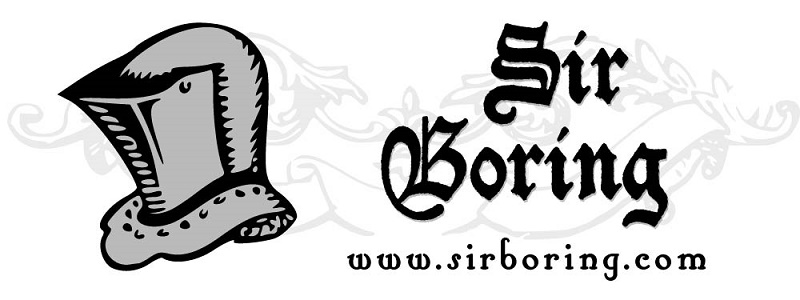– In a few weeks, guests visiting Brookfield Zoo’s Pinniped Point will be able to see one of the newest additions—a California sea lion pup. Since his birth on June 10, the male pup (not yet named) and his mom, 9-year-old Josephine, have been bonding behind the scenes. They are expected to have access to their outdoor habitat by mid-July. In addition to bonding, Josephine is also teaching her pup to swim. Animal care staff installed a temporary false floor making their pool shallow. As the pup becomes more agile and proficient at swimming, the floor will be lowered to increase the pool’s depth. California sea lion pups weigh between 13 to 20 pounds at birth, and typically are born in the months of June and July. For the first few weeks of life, they stay in tidal pools until they are able to swim and can go to sea with their mothers. They nurse for at least five months and sometimes for more than a year. In the wild, after giving birth, mother sea lions will leave their offspring for a short time while they forage at sea. As the pups grow stronger, the mothers leave them alone for longer periods. Mother sea lions recognize their pups through smell, sight, and vocalizations. This is Josephine’s second pup. Her first, named Lucy was born in 2017. She still resides at Brookfield Zoo along with another 2-year-old named Taylor, who is the new pup’s half-brother. Josephine, and the sire, 16-year-old Tanner, are both wild-born and very important to the species genetic diversity in the accredited North American zoo population. Josephine, was abandoned by her mom on Pier 39 in San Francisco—a popular tourist attraction—and would not have survived without human intervention. The Chicago Zoological Society (CZS) stepped forward and offered to give her a home at Brookfield Zoo, where she was hand-reared and has resided since 2010. In 2012, Tanner arrived at Brookfield Zoo from Shedd Aquarium, where he first received a second chance at life after NOAA Fisheries officials removed him from the wild for feeding on a federally protected endangered species of salmon in the Bonneville Dam area on the Columbia River. In order to identify him should he return to the dam to feed again on the endangered salmon, government officials gave him the distinguishing and permanent ID on his back, “C011.” Despite several attempts to relocate him to another area, Tanner continued to return to the dam. The pairing of Josephine and Tanner was based on a recommendation from the Association of Zoos and Aquariums’ California Sea Lion Species Survival Plan (SSP). The program manages the breeding of sea lions in North American accredited zoos to maintain a healthy and self-sustaining population that is both genetically diverse and demographically stable. Mairim Martinez, a senior animal care specialist for CZS, is the coordinator of this plan and manages the studbook for the species. In these roles, she is responsible for documenting the pedigree and demographic history of each individual California sea lion at each institution and assists in making breeding recommendations. The Chicago Zoological Society is also an accredited member of the Alliance of Marine Mammal Parks and Aquariums. Website – https://www.brookfieldzoo.org Facebook – https://www.facebook.com/brookfieldzoo/ Instagram – https://www.instagram.com/brookfieldzoo/ Twitter – https://twitter.com/brookfield_zoo
